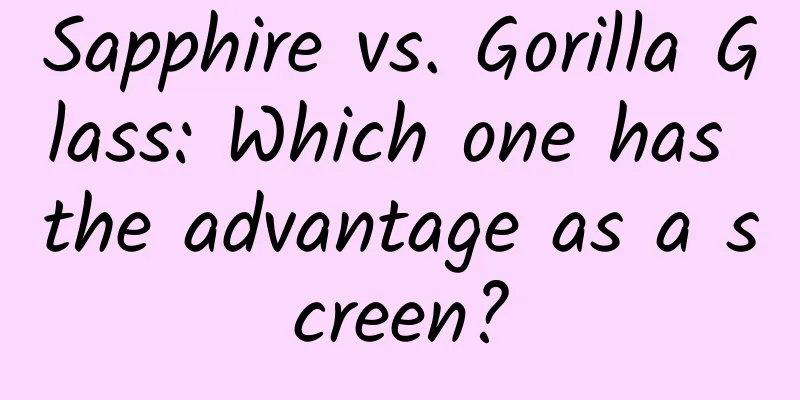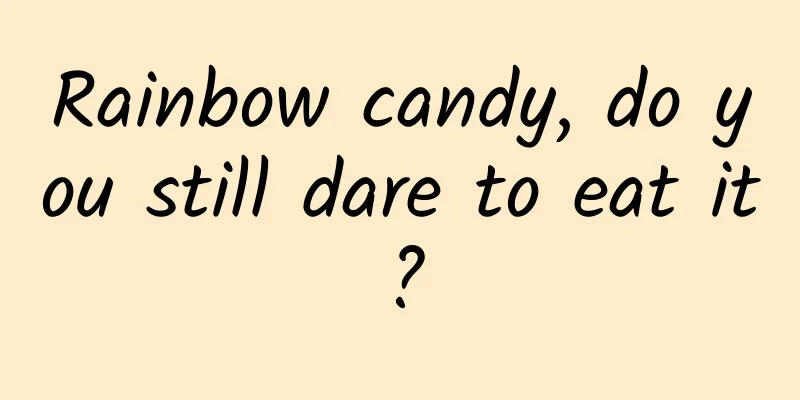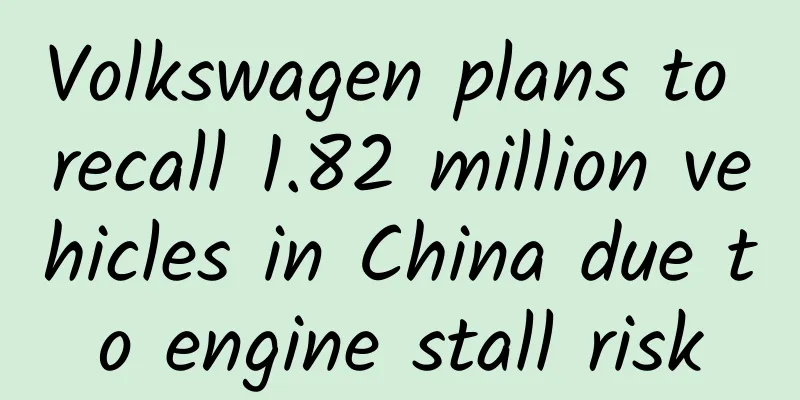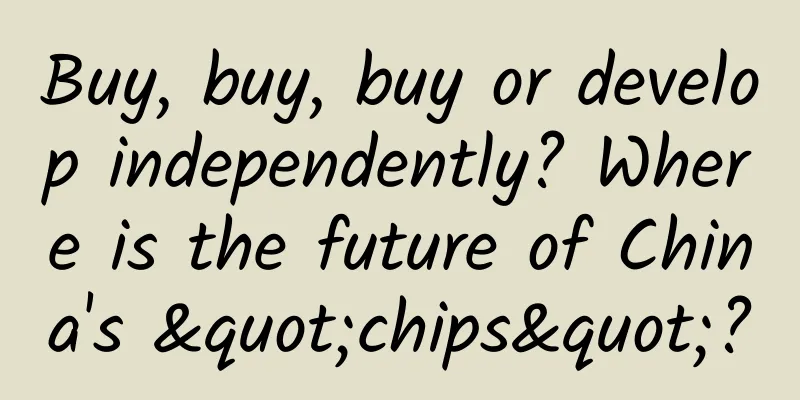Sapphire vs. Gorilla Glass: Which one has the advantage as a screen?

|
In the past year, the word "sapphire" has appeared frequently in people's eyes. Perhaps we have been "instilled" with a sense that Corning Gorilla Glass is "outdated" in front of sapphire! According to media reports, Apple will use sapphire screens in its next generation iPhone and plans to produce more than 200 million sapphire panels to prepare for the upcoming iPhone6. In addition, the media have also released demonstration videos to show the "indestructibility" of sapphire screens: after being cut, folded, and dropped, the sapphire screen is still "unscathed". But what we see is only the appearance. Few of us have a comprehensive and accurate understanding of this material, and we also rarely know the difference between it and Gorilla Glass. What is sapphire and how is it made? First of all, sapphire is a gemstone that exists in nature in different forms and colors. Red sapphires are usually called "rubies", and blue sapphires are usually processed into jewelry. However, some sapphires are transparent, so these sapphires can be used in smartphone displays. What is so special about sapphire? Sapphire is one of the hardest substances on earth. Its Mohr's hardness is 9 (the highest Mohr's hardness is 10), second only to diamond (10). This means that only substances with the same hardness as diamond can "injure" sapphire. Therefore, unless you have a diamond in your pocket, the screen of a sapphire display phone in your pocket will not be scratched after using it for several months. If Apple can sell more than 30 million iPhones in a quarter, it means that Apple needs a large number of sapphire orders. Apple will definitely not choose to mine sapphires by itself. A feasible way is to make artificial sapphires. The production process of sapphires is very interesting. It requires heating the furnace to 1815 degrees Celsius and mixing baseball-sized gems with aluminum oxide powder. In comparison, Corning Gorilla Glass is a type of tempered glass, but how Corning improves the hardness of this glass is still a mystery. As far as we know, a piece of glass is immersed in a basin of salt water, which can shrink the structure of the glass as a whole, thus producing a harder Gorilla Glass. This is where the problem comes in: when we accidentally scratch the screen of a mobile phone with other hard objects, if the mobile phone accidentally falls to the ground, it may crack from the scratch. Sapphire Characteristics Although sapphire is indestructible, it is still a brittle material in nature. This means that in the future, when a mobile phone with a sapphire glass display falls to the ground, the screen may still be broken. Let's use data to illustrate the problem: We all know that the Mohr's hardness of sapphire is 9, while that of glass is 5, and the fracture toughness of the former is 2.3MPa√m, which is almost three times that of Corning Gorilla Glass. In addition, if we look at the elasticity and hardness indicators, sapphire glass is superior. Interestingly, the density of blue glass is greater than that of glass, the former is 3.98g/cm3, while the latter is 2.54 g/cm3. This means that with the same mass, sapphire has a smaller volume than glass and its thickness will therefore be smaller. Cost and potential uses One of the major obstacles that Apple and other companies must overcome when applying sapphire displays is "cost". You should know that the cost of sapphire is several times that of glass. Yes, compared with sapphire, many weaknesses of Gorilla Glass will be exposed, but the latter has a cost advantage. The cost of a piece of Corning Gorilla Glass is about US$3 (about RMB 18), while the cost of a sapphire screen is about US$25 (about RMB 154). However, according to industry insiders, the cost of sapphire screens has been controlled below US$10 (about RMB 61). Apple has invested $700 million (about RMB 4.3 billion) to build a new factory in Mesa, Arizona, as a future sapphire material processing plant. The plant is expected to double the current global artificial sapphire production, and the price of sapphire touch screens will be further reduced, and eventually it can be applied to the smartphones we use in our daily lives. As a winner of Toutiao's Qingyun Plan and Baijiahao's Bai+ Plan, the 2019 Baidu Digital Author of the Year, the Baijiahao's Most Popular Author in the Technology Field, the 2019 Sogou Technology and Culture Author, and the 2021 Baijiahao Quarterly Influential Creator, he has won many awards, including the 2013 Sohu Best Industry Media Person, the 2015 China New Media Entrepreneurship Competition Beijing Third Place, the 2015 Guangmang Experience Award, the 2015 China New Media Entrepreneurship Competition Finals Third Place, and the 2018 Baidu Dynamic Annual Powerful Celebrity. |
<<: The next iPad Air's memory will increase from 1GB to 2GB
>>: Microsoft finally admits there are too many junk apps in Windows 8
Recommend
Nokia: You thought it was dead, but it has quietly returned to second place in the world
Nokia was once the king. It once had: the best ind...
Spring Festival Marketing Case: "I'll Treat You to New Year's Eve Dinner"
The end of 2018 is quietly approaching. After a b...
Product promotion is not effective, how to solve it?
Many friends asked, what should I do if I have tr...
How much does it cost to develop a community convenience service mini program and a community group buying mini program?
With the continuous development of mobile Interne...
What are the murals of Dunhuang? Don’t just think of flying apsaras
*The pictures of Dunhuang murals in this article ...
I love you, China!
Sunrise in the East Knock on the Sky File photo: ...
From the laboratory to commercialization, is the era of humanoid robots really coming?
Recently, there has been a lot of discussion abou...
What is the most effective way to attract new customers? Take a look at these classic cases!
What is user operation ? User operation is a way ...
Google's new self-driving car skill: three-point turn
There is a test item in the US driver's licen...
Pay attention to this vegetable that is in season in spring. Some people have been hospitalized after eating it.
Spring is here in season, and the Chinese toon sp...
The “white spots” that brought the cultural relics back to life are actually plaster?
When visiting museums, we often see a large numbe...
The iOS system has updated these things. Do you think they are great?
The official version of OS15 is finally here. Wha...
Macworld/iWorld exhibition will be cancelled this year
[[121192]] Steve Jobs unveils the first iPhone at...
A different shooting game "Eradication of Ebola" big screen experience
Screen: operate: Sound Effects: Plot: Experience:...
JSPatch – Dynamically update iOS apps
[[139654]] JSPatch is a recent amateur project. B...









